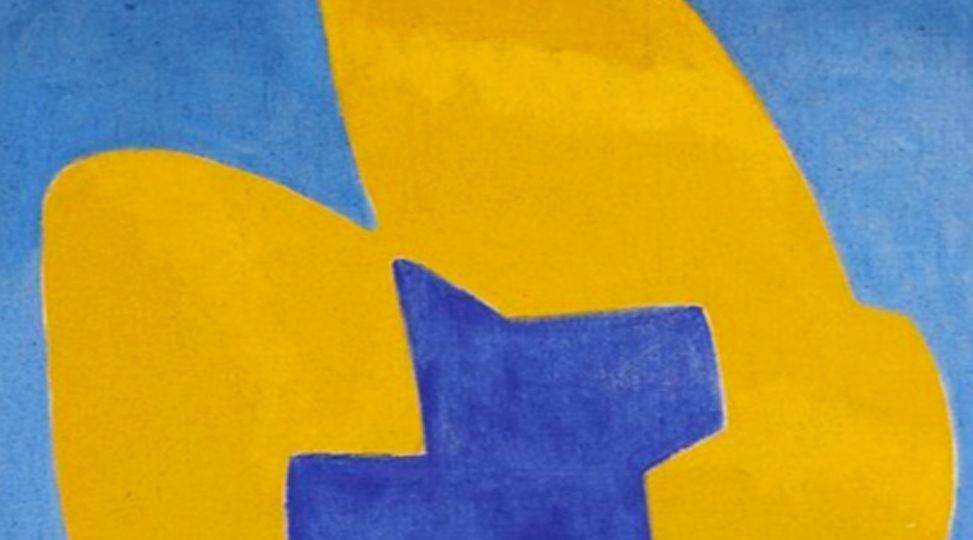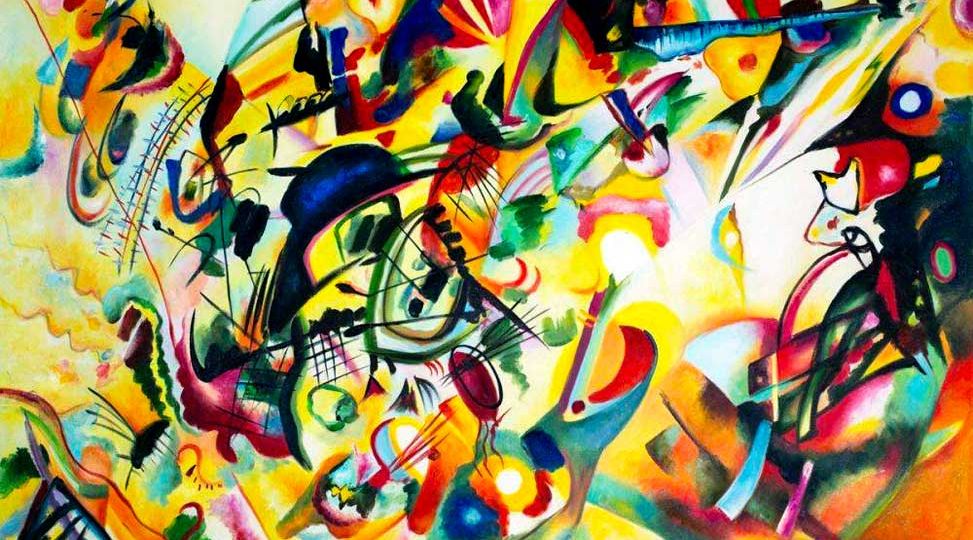Complicated conversations occur when different types of consciousness meet other kinds of consciousness, which both befriend and oppose them. You need some way of making sense of “what are the regular territories within this mad conversation?” That is what Jung achieved in Psychological Types: a flexible-enough model to cover all the collisions of consciousness that can arise.
attitude
Our often-used shorthand illustration with a line drawn between the four allegedly conscious function-attitudes and the four “unconscious” ones is misleading because consciousness is not a sufficiently reliable characteristic for distinguishing these two sides of the psyche’s typology. It’s related to what distinguishes them, but only as a secondary and fairly unpredictable characteristic.



